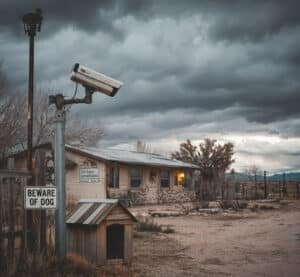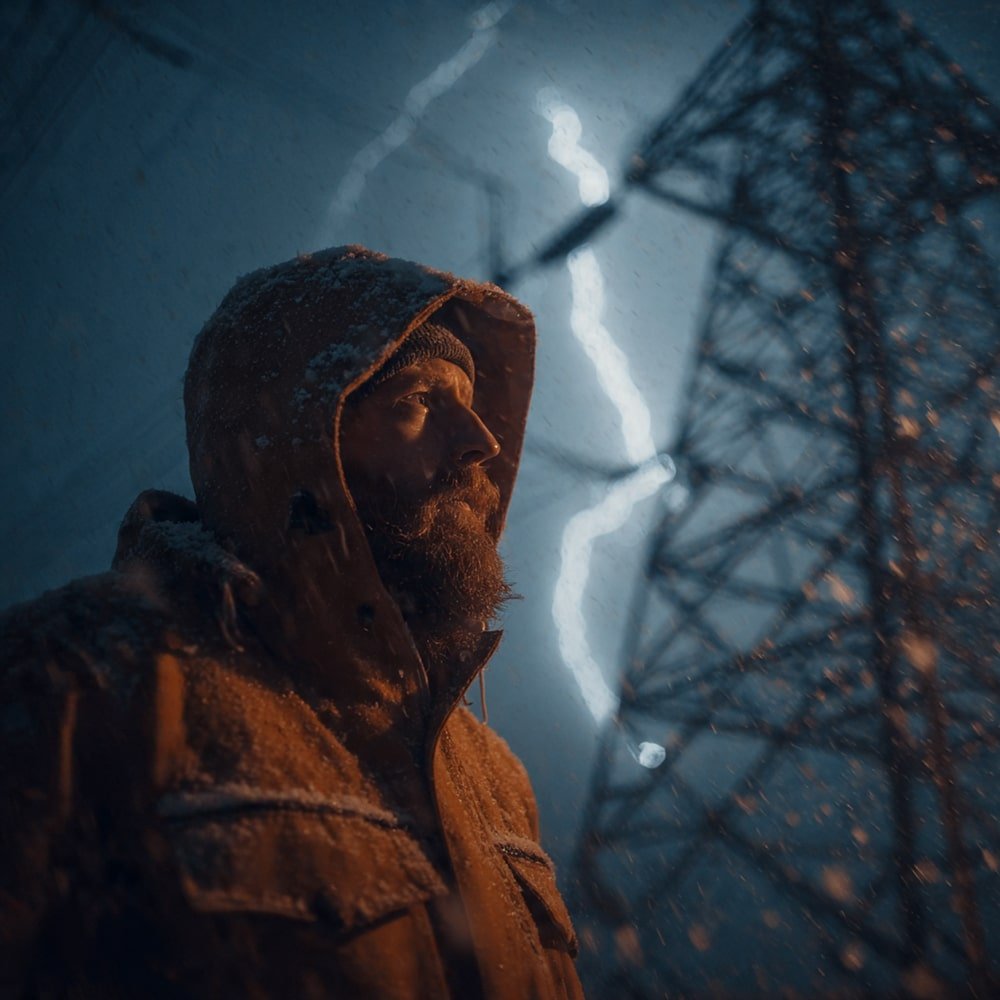We’re a couple of months away from December but it’s never too early to start preparing for the coming cold days. As you probably heard a gazillion times before, “winter is coming.” If you dilly dally on getting prepped up for the cold season, you might end up full of regrets and frozen noses with a horde of White Walkers hot on your trail. It’s a good thing that there are a number of heat options you can use for your home.
Nowadays, the most common way of warming up a cold room is to use an electric heater. However, not everyone can afford one, especially those that consume about 1,500 watts or higher. If you prefer cheaper heat options for your home, check out the items listed here. But first, you should know why a room is not heating up as expected. If you know how to deal with such issues, you can do the necessary adjustment or repairs and avoid spending money on professionals.
Possible Reasons Why a Room Is Cold
Some of you may have noticed that a room in your home is always cold. Before you call a professional, you can do some quick checks to see if the issue is fixable. You just need to know what to look for.
If you have a furnace, check the register first. The solution could be as simple as opening one or two of these registers. You should also check for furniture or rug that may be blocking the airflow.
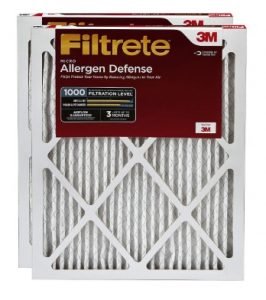
Another common issue with furnaces is the filter. If the furnace filter is full of filth, it may be the reason why your home is not heating up. Simply replace the filter.
If you have a radiator at home, it may just be air-locked. For hot-water radiators, the problem may just be trapped air. Turn the valve with a radiator key or screw driver to let a little water flow out and release trapped air.
Alternative Heat Options
Portable Electric Heater
A plug-in portable heater is one of the more affordable heat options for your home as compared to the permanent ones. It’s a good alternative if you just want to heat small spaces. Since these heat options are portable, you can bring them with you to whichever part of your home you want to linger in.

One possible issue with these portable heaters is that they can be hazardous, especially to young children and pets. Unattended kids may find your portable space heater interesting and end up burning their fingers.

Some models are also a tad too clunky, which is quite unattractive. Another drawback of plug-in heaters is the risk of fire. If you fail to use these devices properly, you rick starting a fire. Make sure you fully understand how to use one.
Wood Stoves/Fireplaces
The price of electricity likely won’t go down any time soon. Fuel price, meanwhile, keeps climbing. These led to the rise in popularity of alternative heat options utilizing wood. It’s a return to the good ol’ days; really, as our ancestors used to burn wood for heat before humans discovered fuel and invented electric heaters.
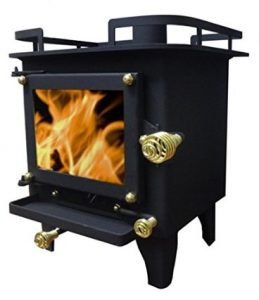
If your home doesn’t have a fireplace, you really don’t need to have one built. You can invest on a wood stove instead. All you need after purchasing one is lots of wood. You’re in luck if you leave near a forest where you can gather all the firewood you need. Another advantage of wood stoves and fireplaces is that you can use them anytime even if there is no power.
Furnace
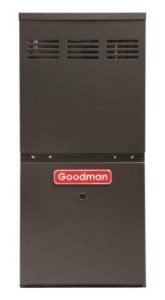
Furnaces are a kind of HVAC system that uses forced-air to control the temperature inside the home. They use fire to warm the air. This warm air is then distributed all over your home through ducts. There are three main types of furnaces based on what runs them. The electric furnace is the most expensive. The other two are run by oil or natural gas. The latter is more expensive yet more efficient than the former.
Boiler
A furnace uses heated air to warm your home. A boiler, meanwhile, depends on water. Boilers use wood or gas to heat the water, which is then distributed throughout the home through pipes. This hydroponic system will then run your radiators and other heating options.
Geothermal Heat
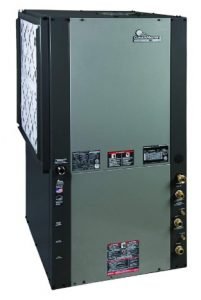
If you had a giant thermometer and you stuck it 1,000 miles down Mother Earth, you’ll get a reading of 6,650°F. You don’t have to go that far to take advantage of this source of heat. Dig a few feet and you get a temperature of 55°F all year round.
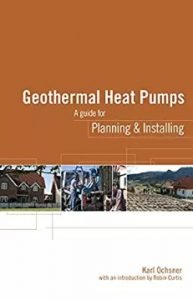
You need a geothermal heat pump to gather this constant natural heat and use it to warm up your home. Use this system to cool things down in summer, as well.
Solar Heat
What better way to heat up your home is to make do with the biggest heat source there is – the sun. There are two ways to make use of the sun to heat your home. The first is the passive method. It’s as simple as letting the heat from the sun enter your home through window and skylights. You then have to trap the heat inside using an absorber (floor tiles) and thermal mass (cement).
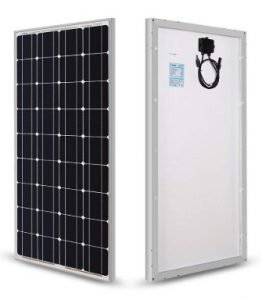
An active solar heating system utilizes the energy gathered by solar panels. The solar energy is used to heat fluid. The heat generated by this process is then distributed into the home through a blower.
There are a few other heat options you can use for your home this coming cold season. Some of them are a bit expensive such as reverse-cycle air conditioners and under-floor heating. Other heat options, meanwhile, are as simple as covering your windows with film to prevent heat from escaping during winter.
You can also check out the ZeroFossilFuel Rocket Stove Heater. Find out for yourself if this, among all heating options mentioned, is the one best suited for you and your home. Go to The Gentleman Pirate if you wish to know more about surviving winter and other cold-related emergencies.

Just a disclaimer – We have partnered with these companies because we use their products and/or proudly trust and endorse them – so we do receive a commission if you make a purchase or sign up for services. Often, we are able to negotiate special discounts and/or bonuses, which we will pass on to you via our links. We often get short notice on sale items available for 24-48 hours as we will pass these savings onto you.


















